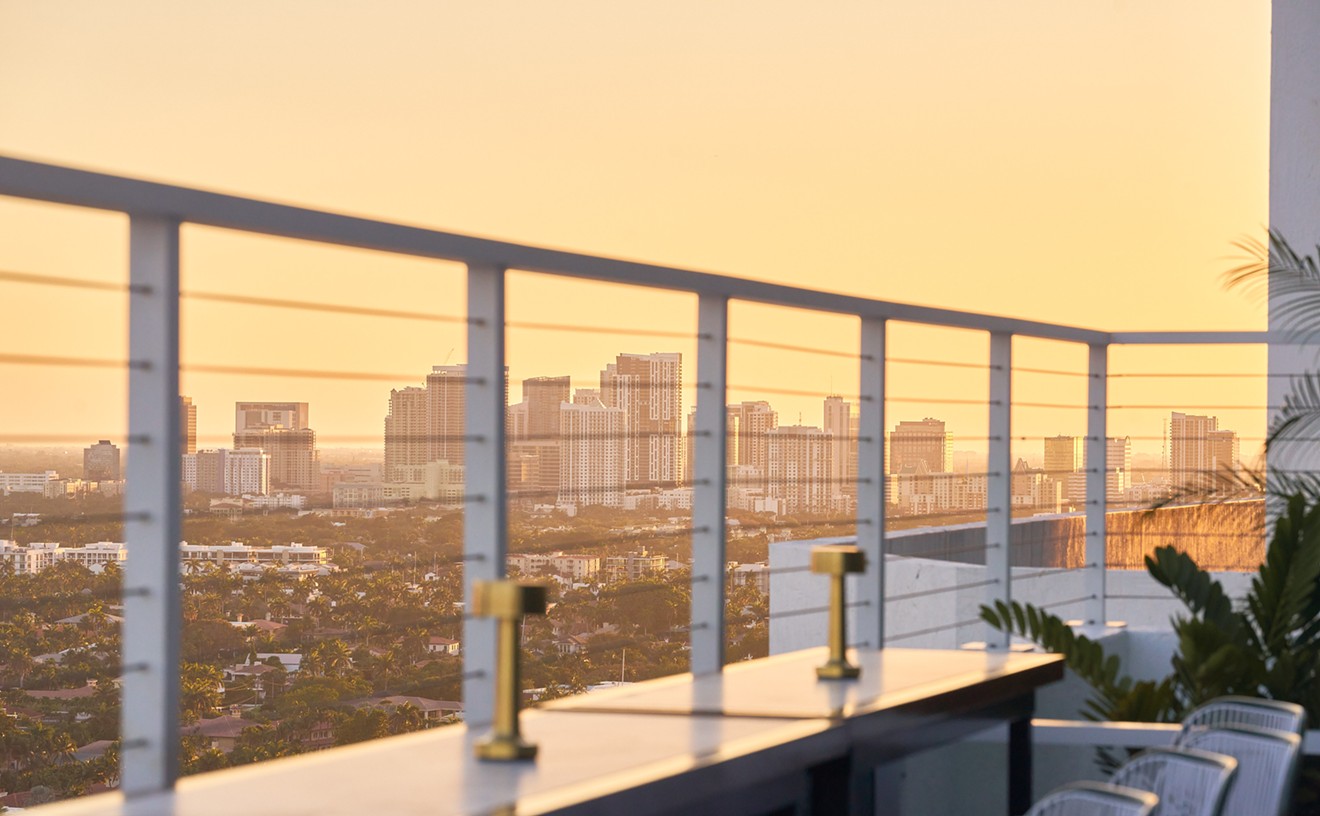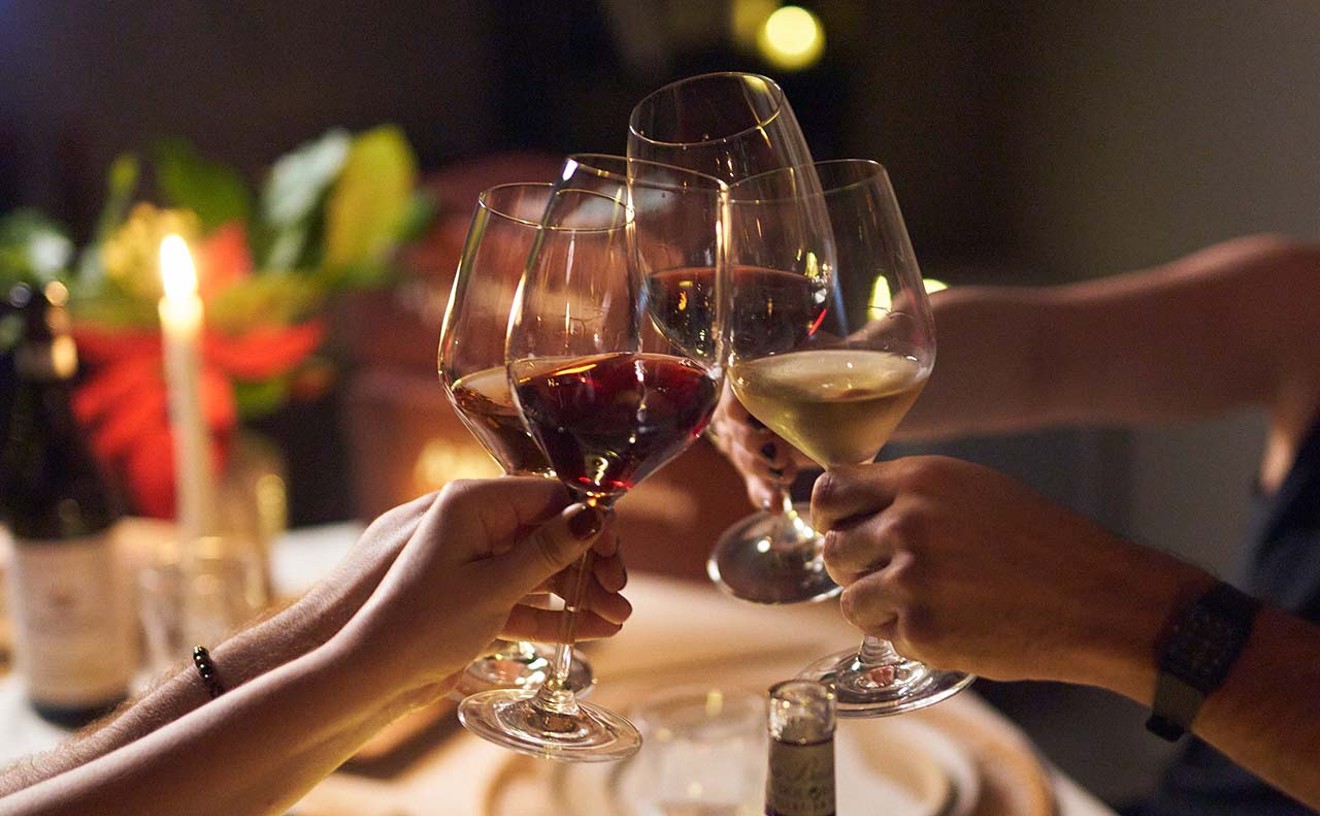The park sprawls across 32 acres and features more than 500 varieties of exotic fruits, herbs, spices, and nuts from around the world. Its groves contain more than 80 varieties of bananas, 40 types of grapes, and 100 variations on citrus, though owing to canker, the tangelos, kumquats, and such have been cordoned off in a citrus quarantine section located just across the way from a "poisonous plants" area. The countryside surrounding the park consists of thousands of acres of farms and tropical agriculture. Excepting the numerous plant and tree wholesalers that have cropped up over time, as well as the city of Homestead, the area doesn't look much different than it did in 1900, when Daniel Roberts first set up a grove and nursery on 160 acres of what is now the south side of Coconut Palm Drive between Redland and Roberts roads. Dan would fall on hard times some 25 years later when, in a story with a timely ring, 50,000 of his young trees ready for market were ordered burned by a citrus canker extermination crew. Right afterward came the 1926 hurricane, followed by other destructive storms, the final one occurring in the Thirties and referred to as the Great Depression.
The land switched hands a few times before 1944. That's when Preston B. Bird was elected county commissioner for South Dade after running on the platform of establishing a county park dedicated to tropical fruit. Shortly thereafter the county acquired twenty acres at the corner of Coconut Palm and Redland, and Mary Calkins Heinlein was named the first park superintendent. During her fifteen year tenure, Heinlein was integral to the development of the acreage, many of the newly planted trees coming from her own nursery. She also is credited with having come up with the name Redland Fruit & Spice Park, which in 1980 was renamed Preston B. Bird & Mary Heinlein Fruit & Spice Park.
Unlike Fairchild Tropical Garden, which receives about 80 percent of its funding from private support, Fruit & Spice Park is under the auspices of the Miami-Dade County Department of Parks and Recreation, making it the only public garden of its kind in the United States. It also means the park is almost entirely dependent on public money, something sorely needed after Hurricane Andrew destroyed more than 750 trees ranging in age from 50 to 80 years, along with planting beds, irrigation systems, and two historic buildings on the grounds. A new plan for the park includes an expansion of land with more trees, a lake, and a layout that will group plantings by geographical region (Central America, Africa, Southeast Asia, Australia, Pacific, and Mediterranean). These relushification efforts received a big boost in 1997, when a bond referendum approved by voters secured $1.9 million toward this end.
The current director of the park, Chris Rollins, has served since 1981. During this time the nation's interest in tropical foods has increased dramatically. Our local restaurants -- be they Nuevo Latino, Pan Asian, or New World -- rely on just the types of uncommon produce showcased at the park. As Chris notes: "We're rapidly developing a more diverse diet where exotic fruits and vegetables are being mainstreamed into our daily menus. The Fruit & Spice Park, however, is the only place to see and taste these tropical treats fresh from the garden." Yet it's more than that: Rollins and his team of experts conduct field trips, classes, and workshops on everything from orchid growing to container gardening. Botanists, students, growers, and even restaurateurs take part in botanical tours that stretch throughout the state and way beyond; "fruit safaris" have in the past explored the markets, farms, and jungles of Southeast Asia and Central America.
The park entrance takes you through a modest little gift shop that sells canned fruit, jams and jellies, teas, unusual seeds, cookbooks, gardening and reference books, and specialized horticultural supplies. Admission is $3.50 for adults, $1 for children under age twelve. It's advisable to make your first traipse through the greenery a guided one, though if you choose to go it alone, the helpful staff will supply you with a complete alphabetical listing of all fruits, nuts, and spices; each tree features a metallic name tag, but for more serious botanists, management will hand out an extensive list of tropical fruit nurseries and reference books, and arrangements can be made for the collecting of seeds and cuttings. With a guide you'll get to sample some of the goodies on the trees. Unescorted visitors can munch on fallen fruits, but above-ground harvesting is prohibited. You'll also accumulate interesting details about esoteric plants that you would otherwise miss. For instance the lipstick tree is covered in fuzzy red bulbs that when opened reveal seeds that give off a red dye used by the natives of the Amazon to color their hair, clothes, and face. A woman in our group discovered that it produces a nice shade of coral lipstick as well. Your guide also might explain how the milky white sap of the Yucatec sapodilla tree was the original chewing gum (if there are any growing, you can sample the pear-textured pulp of the fruit, which tastes like maple sugar); how the perfumed yellow leaves of the ylang-ylang plant are used to make Chanel No 5; how the elongated pale yellow fruits growing like clumps of candles from the Panama candle tree will, if eaten, produce a laxative effect strong enough, as our guide put it, "to keep you on the seat for a week."
A few of the other tropical fruits abundant on the grounds and becoming more familiar to the public:
Caramabola: This ellipsoid star fruit is known to most by now. Crisply juicy, the nearly translucent flesh, when of the sweet variety, provides a refreshing taste of plums, apples, and Concord grapes with a citric edge.
Cherimoya (custard apple): It comes from the South American highlands and may be the earliest recorded New World fruit. The flesh is silky smooth, cream colored, and moist. It has a slight granular finish, like pear custard, with hints of mango, pineapple, and papaya. Like many tropical fruits, it contains a slightly fermented, musky flavor.
Pomelo: Originating in the Malaysia-Indochina region, it also is cultivated in China and Japan. It's the largest citrus fruit, with thick, soft skin and pale yellow to pink fruit that differs dramatically from one variety to the next. The pomelo seed was first brought to the West Indies in the mid-Seventeenth Century and evolved into the world's first grapefruit. Unlike its sister citrus, however, pomelos are never bitter.
Monstera: The scaly spadix of the philodendron flower is nearly a foot long and quite reptilian looking. The creamy pulp will irritate the membranes of your mouth, tongue, and throat if eaten unripe, but when ready to eat, the green scales peel off in hexagonal pieces to reveal pulpy plugs of delicious banana-pineapple flesh.
Litchi: Revered in China for more than 2000 years, the litchi is becoming a popular back-yard fruit and an important crop in South Florida. Litchis are roughly the size of Ping-Pong balls, slightly oval with spiky rose-colored shells -- the rosier the shell color, the fresher the litchi. The gray-white flesh is sweet and juicy, and has the texture of a peeled grape and perfumed aromas of muscat and rose.
There are no food concessions at the Fruit & Spice Park, but that isn't to say your culinary adventures for the day have to end with a teeny taste of litchi. There exist a few splendidly rickety and delicious taquerías on nearby Krome Avenue that serve what's arguably the best Mexican food in South Florida. In fact a pork burrito at one of these places will dwarf anything on the cotton-candy-and-corn-dog menus available in the glitziest of parks.











